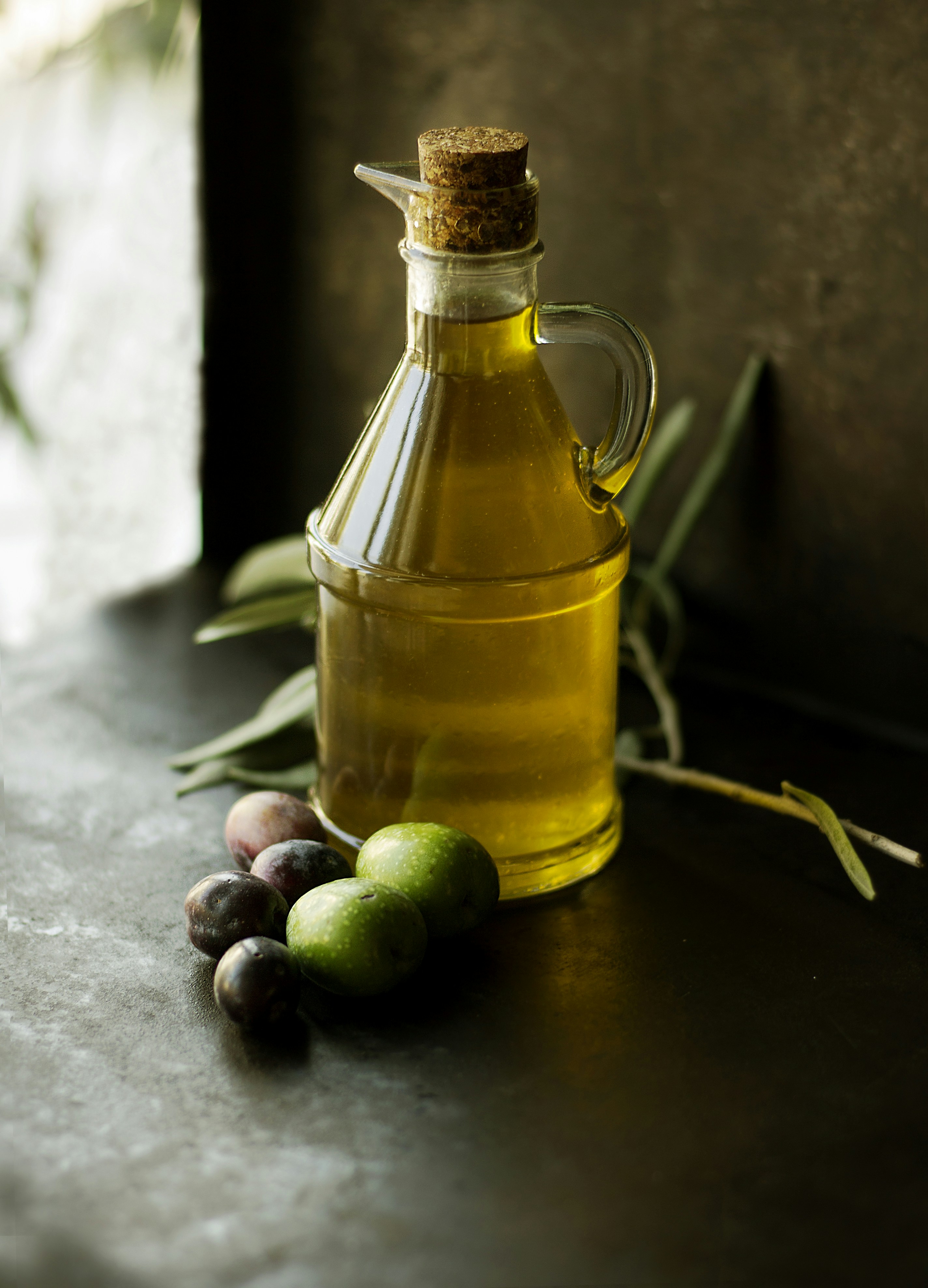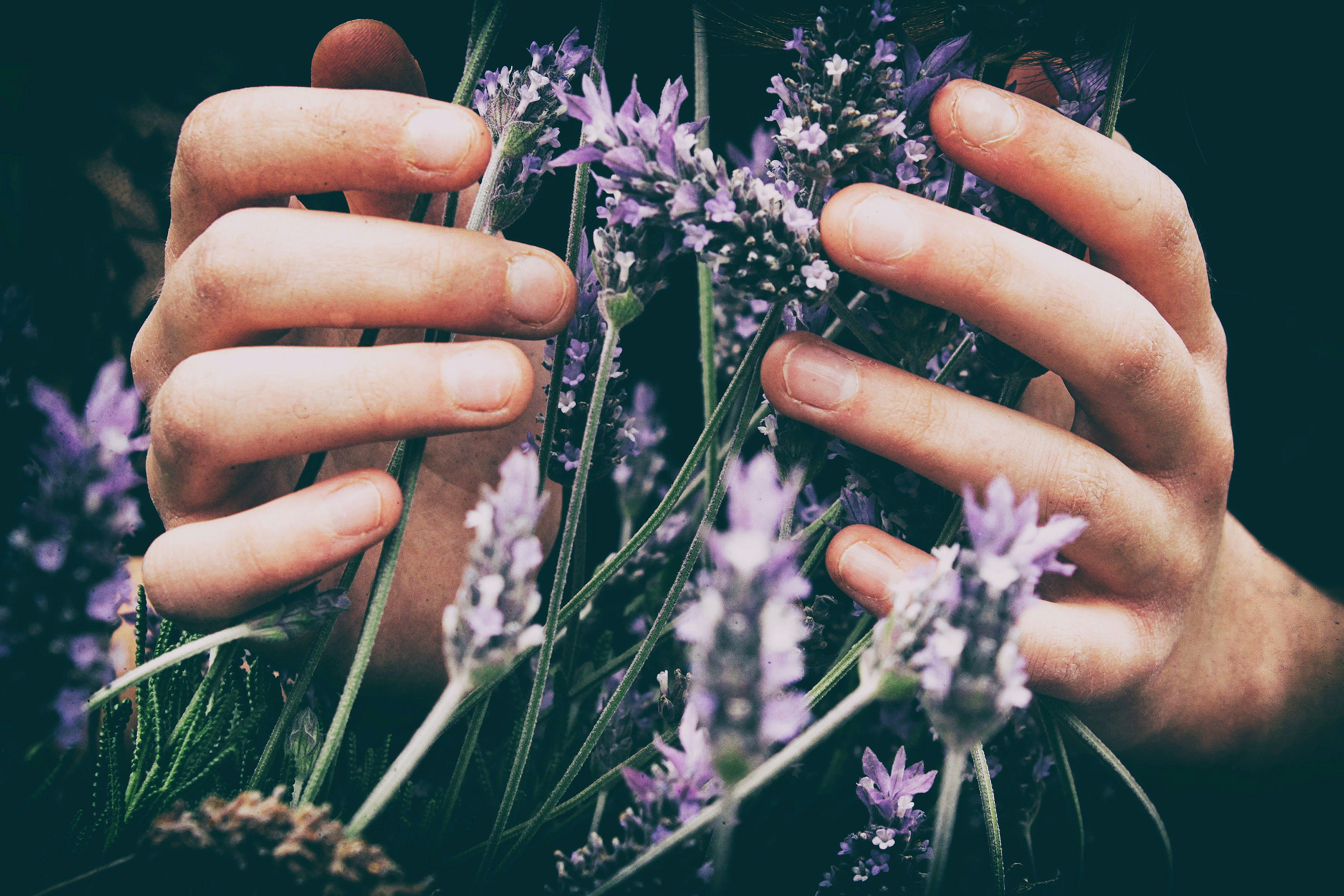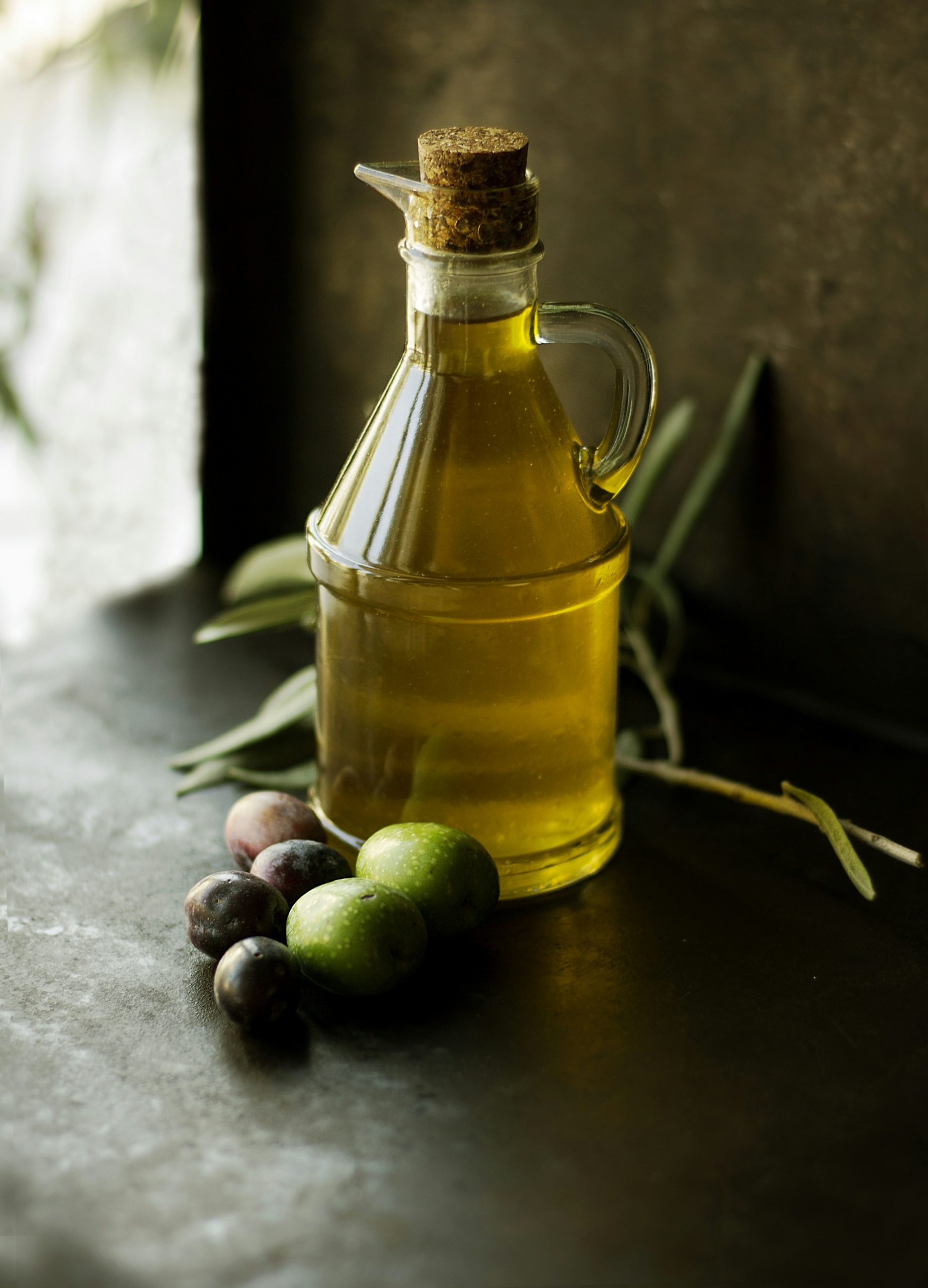How do oil diffusers impact aromatherapy practices?
Introduction to Aromatherapy and Essential Oils
Step into the world of relaxation and rejuvenation with aromatherapy! Imagine a space filled with the soothing scents of essential oils, calming your mind and uplifting your spirits. Aromatherapy has been used for centuries to promote well-being, and one tool that enhances this practice is the oil diffuser. Let’s explore how oil diffusers impact aromatherapy practices and delve into the benefits they bring to your daily life.
The Benefits of Using an Oil Diffuser for Aromatherapy
Aromatherapy is a holistic healing practice that harnesses the power of essential oils to promote well-being and relaxation. Using an oil diffuser for aromatherapy offers a convenient way to enjoy the benefits of these potent plant extracts.
One major advantage of using an oil diffuser is its ability to disperse the aroma of essential oils throughout a space, creating a soothing and calming atmosphere. The inhalation of these aromatic molecules can have various effects on the mind and body, such as reducing stress, improving sleep quality, and enhancing mental clarity.
Oil diffusers also offer versatility in terms of customization, allowing users to blend different essential oils according to their specific needs or preferences. Whether you’re looking to uplift your mood, boost your immune system, or alleviate respiratory issues, there’s an essential oil blend for every purpose.
In addition to their therapeutic benefits, oil diffusers can also serve aromatherapy diffuser as natural air fresheners without the harmful chemicals found in commercial products. By using pure essential oils in a diffuser, you can purify the air in your home while enjoying delightful scents that uplift your spirits.
Different Types of Diffusers
When it comes to oil diffusers for aromatherapy, there are several types to choose from, each offering its own unique way of dispersing essential oils into the air.
Ultrasonic diffusers use water and ultrasonic vibrations to create a fine mist that carries the essential oil particles into the air. They also act as humidifiers, making them great for dry climates.
Nebulizing diffusers don’t require water and deliver a more potent concentration of essential oils by breaking them down into tiny particles before dispersing them.
Evaporative diffusers use a fan or heat source to evaporate the essential oils quickly into the air. While they are simple to use, they may not provide as strong of an aroma as other types.
Heat diffusers rely on heat to gently warm the essential oils and release their scent. However, this method can alter the chemical composition of some oils.
Each type of diffuser offers its own benefits and choosing one depends on personal preference and desired effects during your aromatherapy sessions.
Factors to Consider When Choosing an Oil Diffuser

When selecting an oil diffuser for your aromatherapy practice, there are a few key factors to keep in mind. First, consider the size of the area you want to cover with essential oils. Some diffusers work best in smaller spaces, while others are designed for larger rooms.
Think about the type of diffusion method you prefer. There are various options available, including ultrasonic diffusers that use water and heatless nebulizing diffusers that disperse pure essential oils into the air.
Additionally, look at the runtime of the diffuser. Some models run continuously for hours, while others have preset timer settings. This can impact how often you need to refill it with water and oils.
Consider silent night humidifier the design and aesthetics of the diffuser. Choose one that not only fits your functional needs but also complements your space visually. By taking these factors into account, you can find an oil diffuser that enhances your aromatherapy experience seamlessly!
How to Use an Oil Diffuser Effectively for Aromatherapy

To use an oil diffuser effectively for aromatherapy, start by choosing a suitable location for your diffuser. Place it on a stable surface away from direct sunlight and drafts.
Next, fill the water tank of the diffuser with clean water, ensuring not to exceed the maximum fill line. Add 5-10 drops of your preferred essential oil into the water tank.
After adding the essential oil, place the cover back onto the diffuser securely and plug it in. Turn on the diffuser and select your desired mist settings – continuous or intermittent.
Allow the diffuser to disperse the aromatic mist into the air, creating a soothing ambiance in your space. Sit back, relax, and breathe deeply to experience the benefits of aromatherapy.
Remember to clean your oil diffuser regularly to maintain its performance and prevent buildup. Enjoying aromatherapy through an oil diffuser can enhance relaxation and promote well-being in your daily routine.
Common Essential Oils Used in Aromatherapy and Their Benefits
When it comes to aromatherapy, essential oils play a vital role in enhancing the overall experience. Some common essential oils used in aromatherapy include lavender, known for its calming and relaxing properties; peppermint, great for boosting energy and improving focus; and eucalyptus, which can help with respiratory issues.
Citrus oils like lemon and sweet orange are popular choices for their uplifting and invigorating effects. Tea tree oil is valued for its antibacterial and antifungal properties, making it a go-to option for skin conditions. For promoting better sleep, many turn to the soothing scent of chamomile or cedarwood.
Each essential oil brings its unique benefits to the table, allowing individuals to customize their aromatherapy sessions based on their needs and preferences. Experimenting with different oils can add variety and depth to your practice, creating a truly personalized aromatic experience.
Safety Precautions When Using Oil Diffusers for Aromatherapy
When incorporating oil diffusers into your aromatherapy practice, it’s essential to prioritize safety. Always follow the manufacturer’s instructions for your specific diffuser model to ensure proper usage and maintenance.
Be mindful of the type of essential oils you are using as some can be irritating or harmful if not diluted correctly. It’s advisable to start with a low concentration and gradually increase as needed.
Remember to place the oil diffuser on a stable surface away from edges where it could easily be knocked over. Keep it out of reach of children and pets to prevent accidental spills or ingestion.
Regularly clean your oil diffuser to avoid buildup of residue that could impact its performance or even pose a fire hazard. And lastly, never leave a running diffuser unattended, especially if you plan on leaving your home.
By taking these simple precautions, you can enjoy the benefits of aromatherapy safely and effectively in your daily routine.
Conclusion
Oil diffusers play a significant role in enhancing aromatherapy practices by efficiently dispersing the therapeutic benefits of essential oils into the air. Choosing the right type of diffuser and using it effectively can maximize the positive effects of aromatherapy on physical, mental, and emotional well-being. By incorporating essential oils like lavender, peppermint, and eucalyptus into your daily routine with an oil diffuser, you can create a soothing atmosphere that promotes relaxation and overall wellness. Remember to prioritize safety precautions when using oil diffusers to ensure a safe and enjoyable aromatherapy experience.



